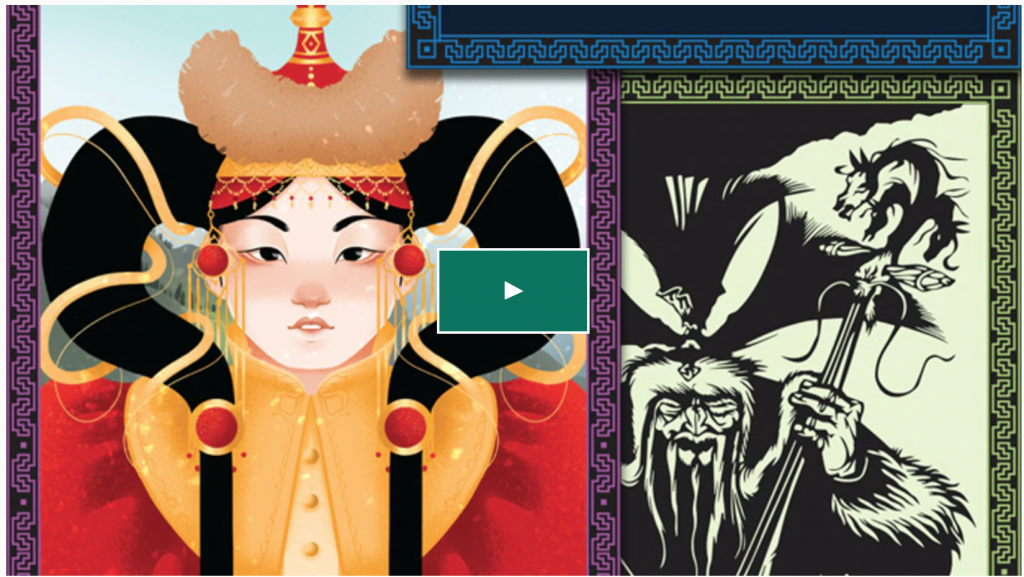
The traditional Mongolian writing system—a vertical top-to-bottom, left-to-right alphabet—dates all the way back to the early days of the Mongol Empire. However, in the script’s homeland, official and day-to-day communications have been written in the Cyrillic script since the 1940s. As a result, the Endangered Alphabets Project considers it to be an endangered writing system, and is working on a campaign to help revitalize the alphabet using an unlikely method: a card game.
The card game, which recently received more than $28,000 on its Kickstarter campaign. Named ULUS, after a Mongolian word meaning “empire, land, or home,” the game plays out a fictionalized narrative set during the peak of the Mongol Empire, exploring the history and mythology of the empire.
“This Kickstarter is the most urgent and far-reaching campaign we’ve ever undertaken, and one that lies right at the heart of the Endangered Alphabets Project,” writes Tim Brookes, president of the EAP.
While under Soviet influence, Mongolia adopted the Cyrillic alphabet in 1941, which it uses to this day. While interest in the traditional writing system has been on the rise in Mongolia since the 1990’s, Cyrillic remains the predominant script in government documents (which are currently onlywritten in Cyrillic) and everyday interactions.
ULUS comes at a turning point in the script’s history. Until recent policy changes in China were implemented, Inner Mongolia, an autonomous region in China with a large Mongolian-speaking population, had been the last place where the traditional script remained the predominant system for writing the language. However the script is at risk there too, as schooling will now be conducted in Mandarin, rather than Mongolian
Earlier this year the Mongolian government introduced plans to promote the traditional script, as The Sunday Times reported in March. While the Mongolian government doesn’t plan to replace Cyrillic entirely, the policies will make it such that legal papers and government documents will be accessible in both the traditional and Cyrillic script beginning in 2025, alongside other efforts at making use of the script more widespread over the next 4 years.
“If we want to support the Mongolian people, the best thing we can do is to show the world what a remarkable and rich culture they have, and the best way we can do that, I think, is to create games that introduce and promote Mongolian language, culture and history,” Brookes writes.





